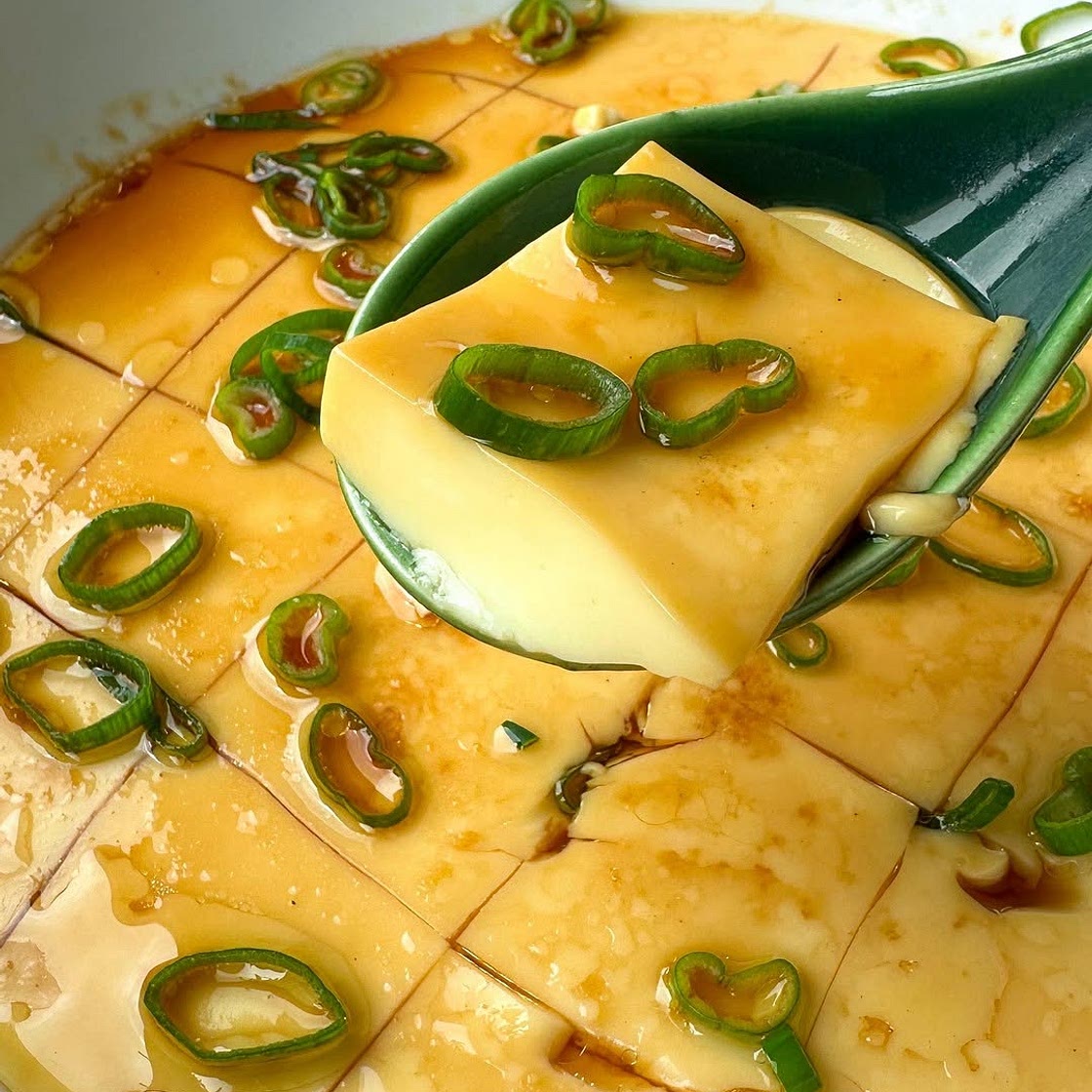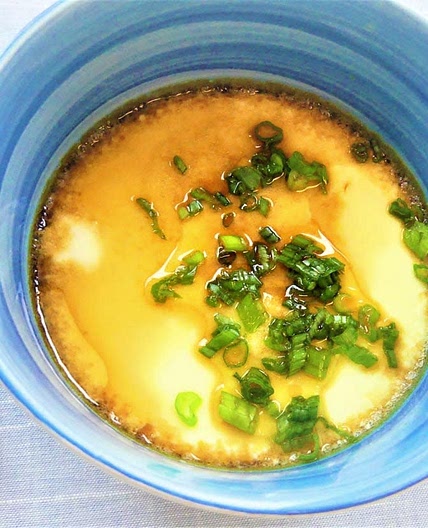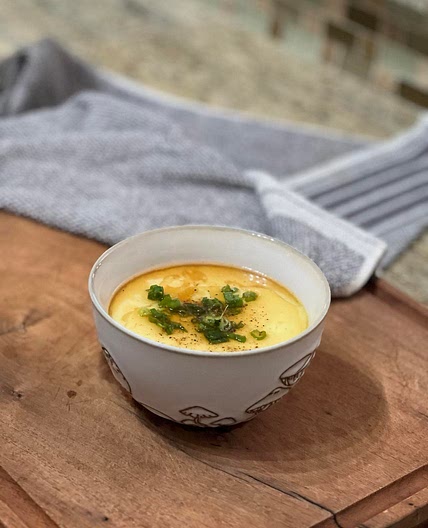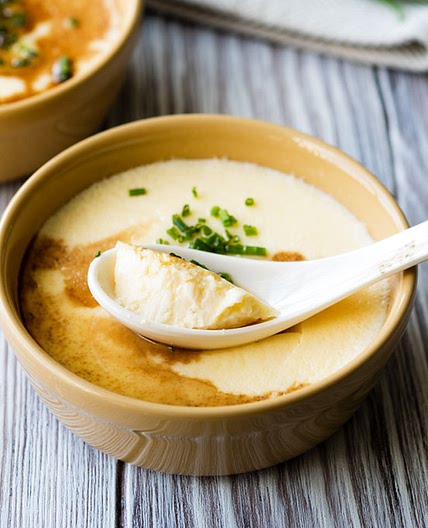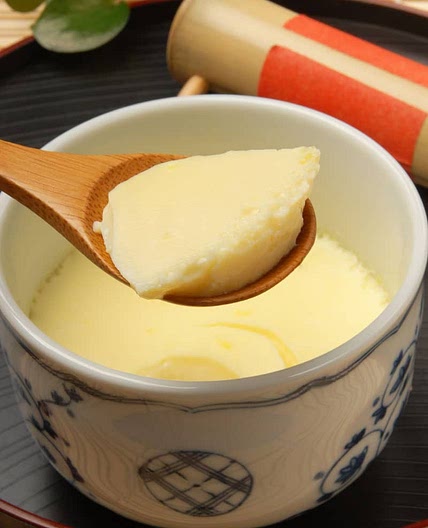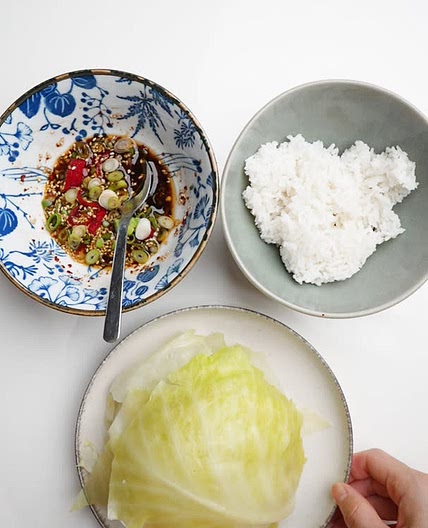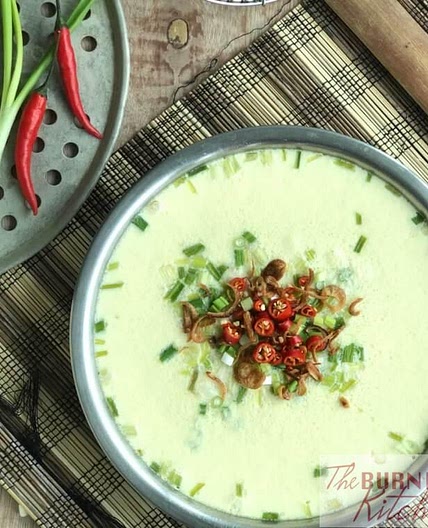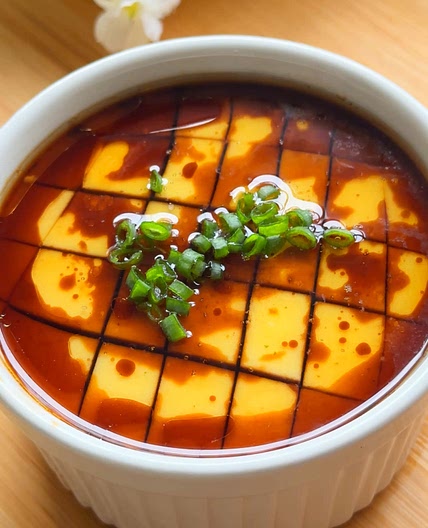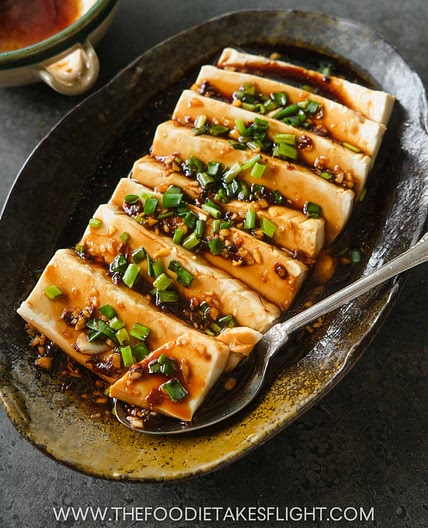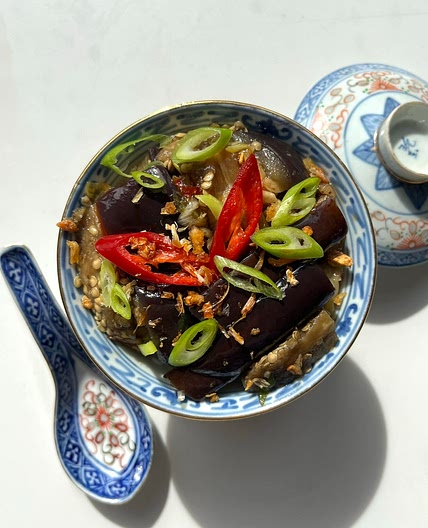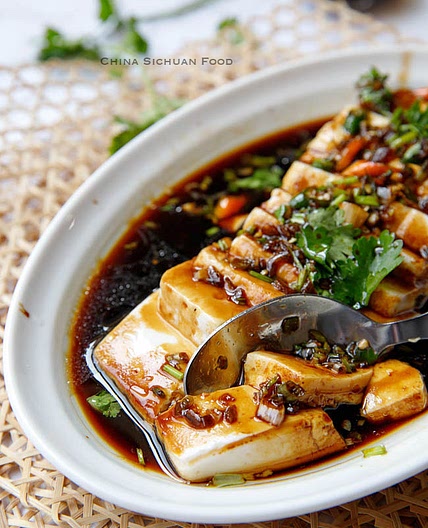By Selena N
Chinese steamed egg (蒸水蛋) 🥚 This is one of the dishes my family
Chinese steamed egg (蒸水蛋) 🥚
This is one of the dishes my family always makes at home, and my dad is a pro at making the softest, jiggliest, steamed egg that melts in your mouth 🤤
I see so many people overcomplicating it my straining the egg, covering it with cling film or foil… but my dad’s foolproof method proves that you don’t need all those extra steps! 😎
Full recipe on my blog
, search “steamed egg”
Updated at: Thu, 16 Oct 2025 18:31:58 GMT
Nutrition balance score
Uh-oh! We're unable to calculate nutrition for this recipe because some ingredients aren't recognized.
Ingredients
2 servings
Toppings:
Instructions
Step 1
Beat 3 eggs in a bowl. Add salt and white pepper.
Step 2
Measure the volume of your beaten eggs. Add warm water at a 1:1.5 ratio (for example, if the eggs are 150ml, add 225ml water). Gently mix — avoid over-whisking to prevent bubbles.
Step 3
Place a heatproof deep plate in a steamer and steam on high for 1–2 minutes to heat the plate.
Step 4
Carefully pour the egg mixture onto the hot plate. Cover and steam on high heat for 2 minutes. Turn off the heat. Keep the lid on and let the residual heat steam the egg for 7–8 minutes.
Step 5
Remove the lid. Jiggle the plate gently to check if the egg is set.
Step 6
Drizzle with light soy sauce and sesame oil. Garnish with chopped green onions. Slice and enjoy!
Step 7
Use A 1:1.5–2 Egg-To-Water Ratio For silky, jiggly steamed eggs, adding enough water is really important. The more water you add (up to double the volume of the eggs), the softer and more delicate the texture becomes. A 1:1.5 ratio gives you a smooth, slightly firm custard; closer to 1:2 gives you an ultra-jiggly, melt-in-your-mouth result.
Step 8
Gently Mix, Don’t Over-Whisk When beating the eggs and water together, mix gently to avoid creating too many bubbles. Bubbles will cause the surface of the steamed egg to look rough and pockmarked instead of smooth and glossy.
Step 9
Preheat The Dish Before Steaming Steaming the empty plate for 1–2 minutes before adding the egg mixture helps it cook more evenly from the bottom up. This prevents uneven textures and helps the egg set nicely without overcooking the top or undercooking the centre.
View on instagram.com
↑Support creators by visiting their site 😊
Notes
1 liked
0 disliked
